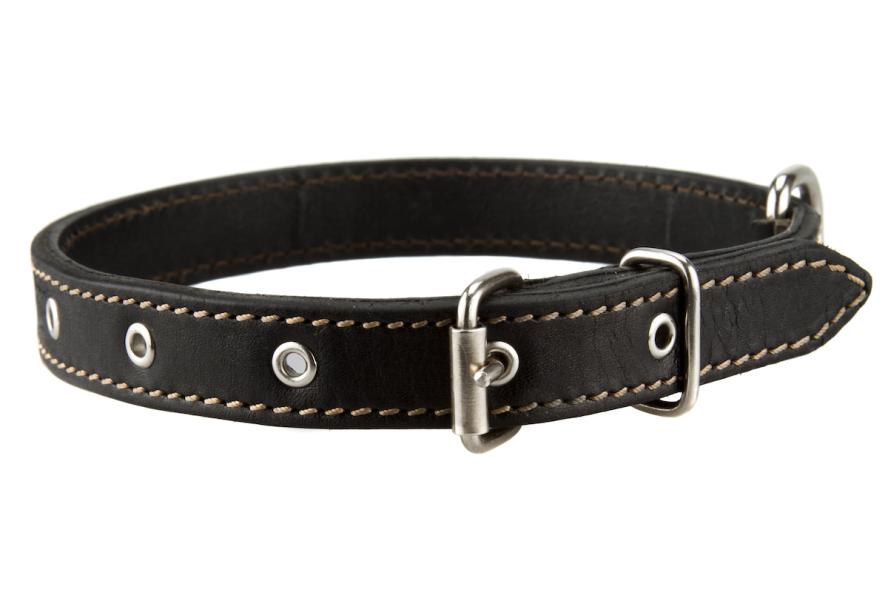-
About
- Leadership & Faculty
- News & Events
-
Academics
- Graduate
- Advanced Clinical Training
- Continuing Education
- Academic Departments
- Academic Offices
- Simulation Experiences
-
Student Life
- Offices
-
Research
-
Hospitals & Clinics
- Emergency Care
- Hospital Services
-
Community Outreach
- Volunteer
Dog Collars and Harnesses
Five things to know

With at least 40 percent of U.S. households owning at least one dog, we can all benefit from information about how to best care for and support our furry family members. Below are five things you should know about the proper use of dog collars and harnesses.
- Harnesses, provided they are well fitted, are much preferable to collars for dogs for leash walking or for playing off leash.
- Collars are best used only for holding tags.
- Although many dogs are walked with a leash and collar, there is a risk to the sensitive neck tissue if the dog pulls on the leash. Pressure on the throat and neck, may also dangerously impair breathing for brachycephalic dogs and aggravate collapsing trachea in small dogs.
- Harnesses provide control while reducing the risk of distress or injury caused by pressure on the neck and throat.
- You can leave a dog’s harness (or collar) on when he or she plays as long as the dogs are being closely supervised, otherwise collars should be removed.
Stephanie Borns-Weil, V07 (she/her/hers), is a board-certified animal behaviorist and oversees the Behavior Service at Cummings School of Veterinary Medicine at Tufts University, where she is a clinical assistant professor in the Department of Clinical Sciences.